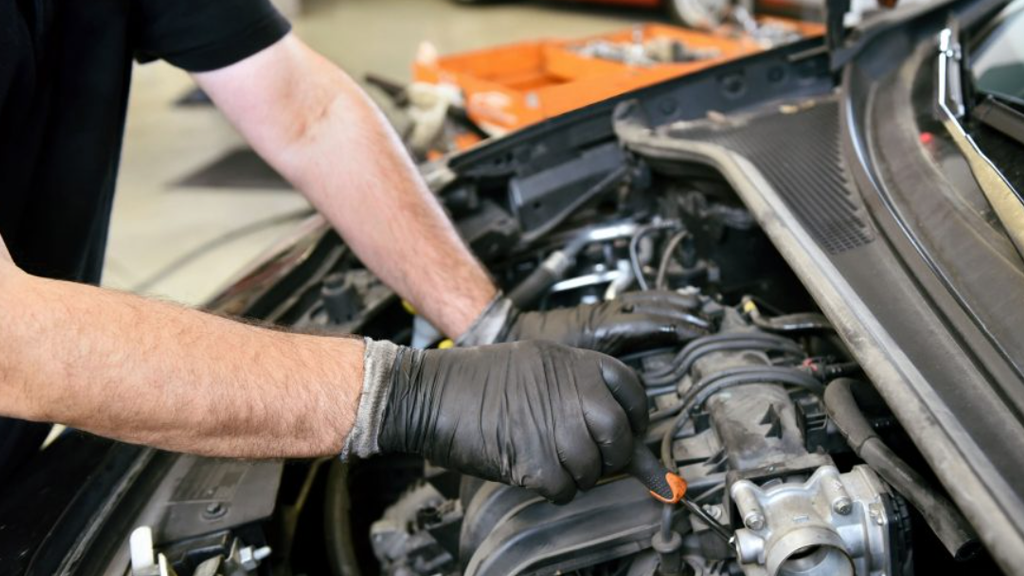Summer arrived with everything and, due to the high temperatures, nothing more natural than hitting the road and looking for a “place in the sun” on the coast, right? But anyone who works in the auto repair shop or in the repair shop knows that, when the holiday season is behind us, a classic problem will return to the service agenda: the damage caused by the presence of salt water and sand in the engine!
All this happens because of the salty air, a natural element, present on a large scale on the Brazilian coast and which can cause severe damage to the car — especially when the owner gets too excited and ends up taking the car to the sandy beach.
The experience, although fun, can bring a series of complications to the vehicle’s structure: electrical parts, rubbers, exhausts and even the paintwork of vehicles can suffer from oxidation. Not to mention that the mechanics of cars also suffer, especially the moving parts, such as pistons, piston rings and camshafts.
Get to know what types of problems can arise from the presence of salt water and sand in the engine
In most cars, the first victims of the salt spray are precisely the parts that exist to prevent sand from entering the car’s engine: blades and wipers, protection grids, shock absorber housings and gearshift protections deteriorate much faster because of the action of salt.
It doesn’t stop there: electrical connections and digital terminals — increasingly present in modern cars — can also suffer oxidation due to the action of salt water and sand, causing electrical failures and defects in basic car functions, such as flashing lights, headlights and panels.
Not to mention that, when it comes to iron parts of vehicles, the salt spray also greatly increases the possibility of rust, much more than water itself, for example, which is considered by many to be iron’s worst enemy.
But all this, of course, thinking about those brand new cars and in excellent condition. For those vehicles that are already more punished by time or mileage, the risks are even greater, as the sand can end up penetrating the head, mixing with the lubricating oil and creating cracks in the pistons, in the cylinder liners and even breaking the rings of the piston!
Understand the benefits of coaching customers in the shop
Truth be told, the year-end calendar isn’t exactly a mechanic’s best friend. That’s because most drivers check their vehicles before hitting the road towards the coast. This means that, after being in contact with the salty air, most cars still spend a long time without going through specialized labor.
In this context, ideally, your teams in the shop should develop the habit of alerting customers to the negative effects of sand on the car’s engine — especially during year-end overhauls. With this, you get the chance to invite them for a quick visit, perhaps even with a promotional price, thus contributing to the safety and maintenance of the vehicle in good condition!
Ah, but doesn’t a car heavily affected by the sea air mean more revenue for my garage? Be careful, it’s not like that! Usually, the most affected parts and components are cheap and easy to replace, however, carrying out the treatment process in a vehicle to get rid of the salty air takes work and requires labor. To put it mildly, it’s a lot of time invested for little financial return!
This means that acting preventively is even better and more profitable for both the bodyshop and its customers.
Attention to the special washing
Finally, don’t forget that your customer’s car needs a special wash, especially if it stays for more than 15 days at the beach. Here, it is important to warn you that the products used for cleaning are neutral, avoiding chemical reactions and damage to the protection of paint, rubber and electrical components.
Now that you understand the effects of the salt spray on cars, how about putting these tips into practice and ensuring an efficient review for your customers? Remember that this type of care and monitoring shows your concern with consumer safety and the quality of the service provided, helping to win them over and keep them even more loyal!
Did you like this post? If you have any questions or if you want to share your own special tips on caring for excess salt water and sand in the engine, just leave your comment! Oh, and keep an eye on RIO‘ s channels: here, you’ll find useful content and practical tips to increasingly improve your relationship with customers and provide a unique service!



